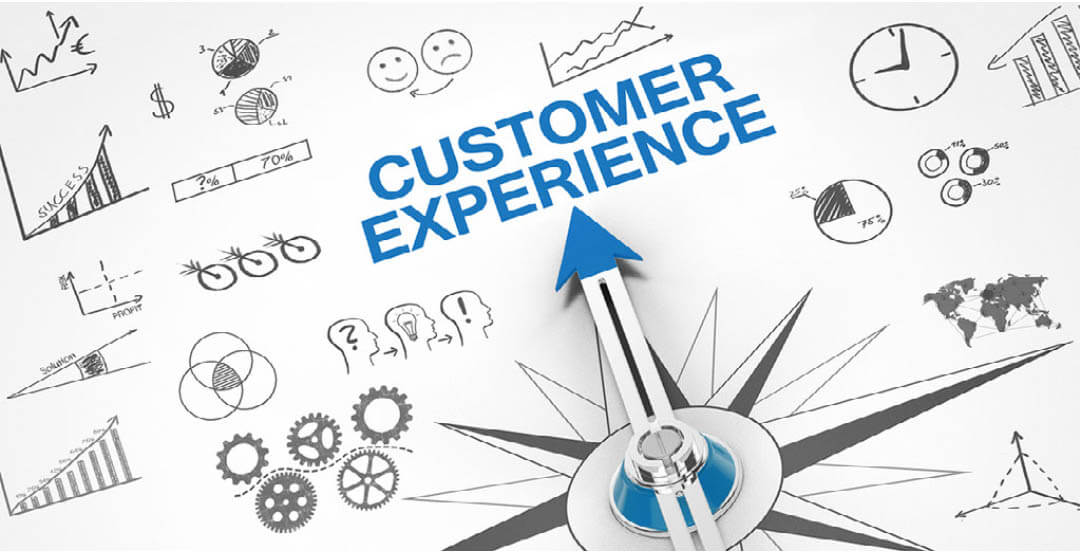The process below identifies the steps in a typical product development project to engage clients and developing a customer experience map for product development:

- Identify customer personas: Start by identifying the different customer personas that interact with your product during the development process. This may include end-users, product managers, designers, developers, quality assurance professionals, or other stakeholders involved in the development cycle.
- Define customer goals: Understand the goals and expectations of each customer persona. For end-users, their goals may include finding a solution to their problem or improving efficiency. Product managers may focus on meeting market demands and achieving business objectives. Identify the specific goals for each persona.
- Map the customer journey: We help you to visualize the steps each persona takes throughout the product development process. This can include ideation, research, prototyping, testing, iteration, and launch. Consider both the linear progression and potential feedback loops in the journey.
- Identify touchpoints and interactions: Determine the touchpoints where customers interact with the product development process. This can include meetings, brainstorming sessions, requirement gathering, feedback sessions, design reviews, user testing, and milestone checkpoints. Also, identify touchpoints where customers interact with your team or product documentation.
- Understand emotions and pain points: Recognize the emotions and pain points experienced by each persona at different stages of the journey. For example, end-users may feel frustration if their needs aren’t being met, while developers may face technical challenges or time constraints. Understand the pain points and emotional states to address them effectively.
- Define actions and improvements: Determine the specific actions and improvements that can enhance the customer experience at each touchpoint. For instance, you might improve collaboration by implementing agile methodologies or introduce user testing sessions to gather valuable feedback. Consider how to streamline communication, enhance usability, or address customer concerns.
- Empower collaboration and communication: Foster effective collaboration and communication among the stakeholders involved in the product development process. Encourage open dialogue, knowledge sharing, and cross-functional teamwork. Utilize project management tools, communication platforms, and regular meetings to facilitate collaboration.
- Test and iterate: Incorporate a feedback loop into the customer experience map. Test prototypes and gather feedback from customers at various stages of development. Incorporate the feedback into the iterative process to refine the product and ensure it aligns with customer needs and expectations.
- Monitor metrics: Identify relevant metrics to measure the success of the customer experience map. This can include metrics like user satisfaction ratings, time-to-market, feature adoption rates, or customer retention rates. Regularly monitor and analyze these metrics to identify areas for improvement.
- Continuous improvement: Use the insights gathered from customer feedback, metrics, and market trends to continuously improve the product development customer experience map. Embrace a culture of continuous learning and improvement to deliver a better product experience.
The customer experience map should be an iterative process, evolving as you learn more about your market, customer needs and preferences. Our clients typically seek customer feedback, involve stakeholders, and adapt design features and functionality to provide a seamless and satisfying product development experience.
With expertise in all areas of Product Development, 3D Innovations can assist with design, prototyping, 3D Printing, Manufacturing, and shipping/logistics. If you’re stuck on deciding which prototype is best, reach out and see how we can assist.
______
Developing Ideas From Concept To Product®
3D Innovations is a Product Development Company – from the 3D Design to a fully functional 3D Prototype & Product.
Connect with us on Twitter, Facebook, Instagram, & LinkedIn today.

